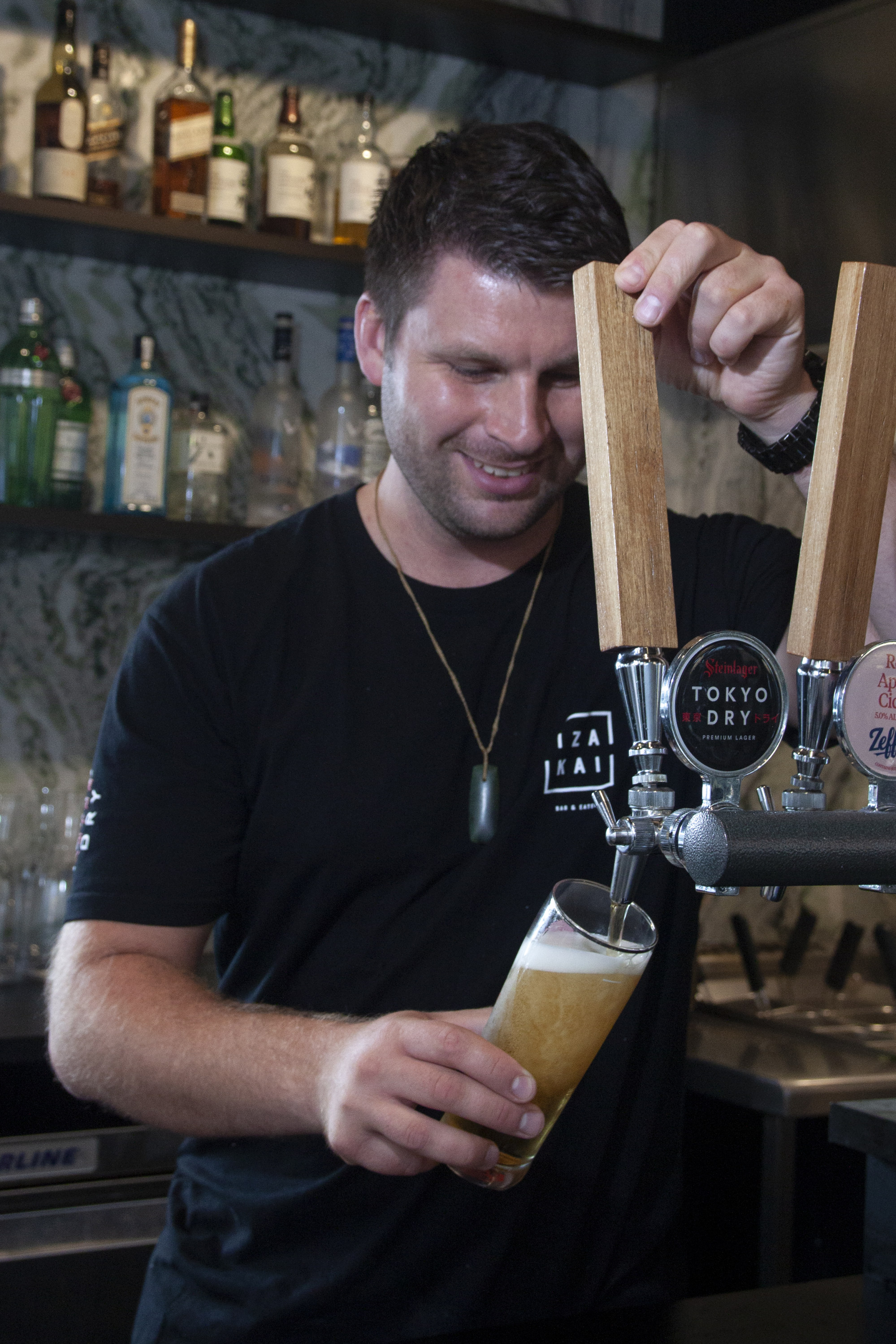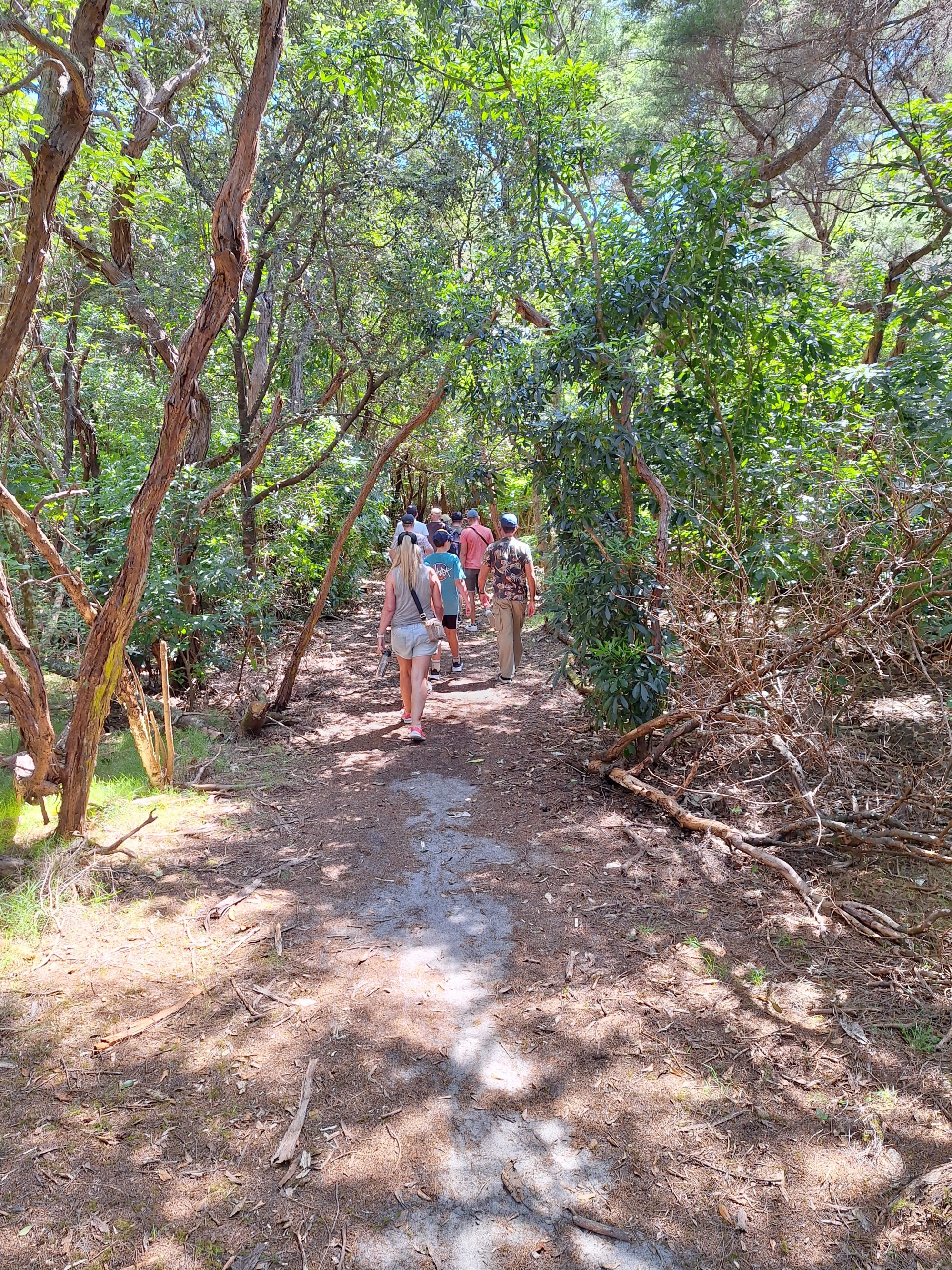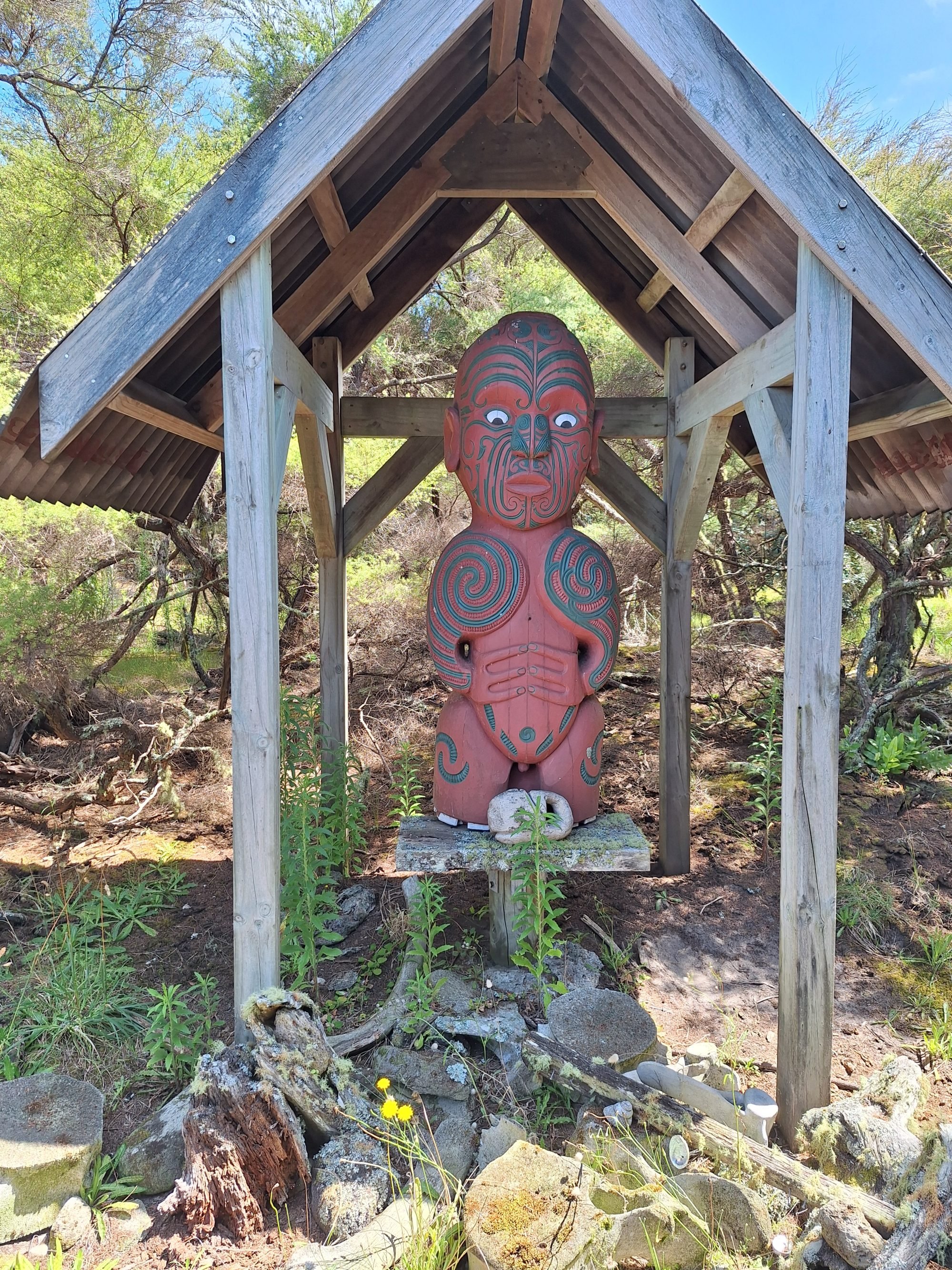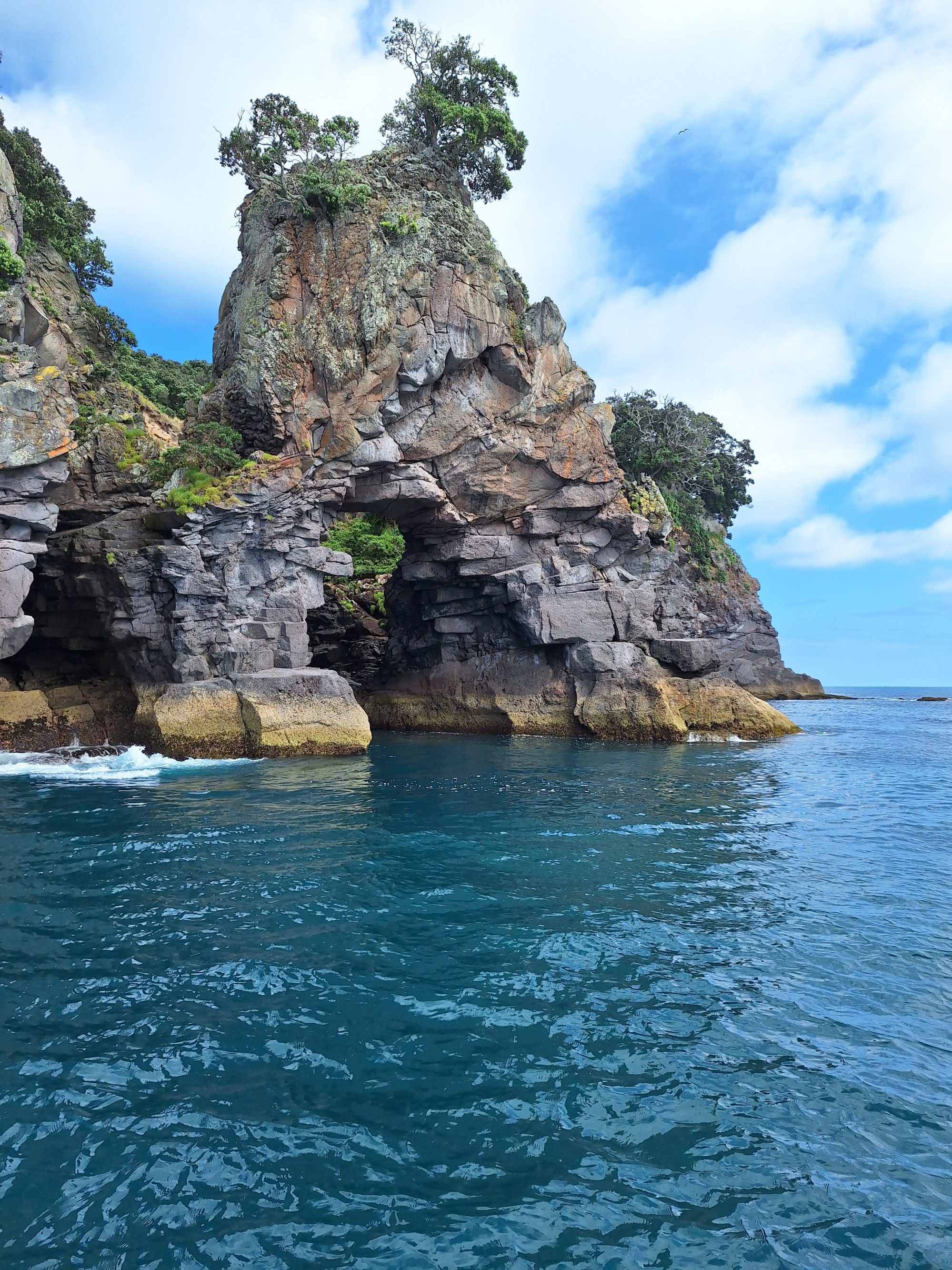
Bay of Plenty in New Zealand: hiking, beaches, restaurants that champion local produce and more await you in an area brimming with authenticity
- The Bay of Plenty combines all the country’s star attributes in a single package – beautiful beaches, watersports, hiking and incredible dining opportunities
- Maori cuisine meets Japanese izakaya dining culture at one restaurant, brew pubs serve thirsty travellers, while a wildlife sanctuary offers adventure
When New Zealanders take a holiday, many head for the Bay of Plenty.
A couple of hours’ drive south of Auckland, the bay – a bight along the northern coast of North Island that stretches for 260km (160 miles) from the Coromandel Peninsula in the west to Cape Runaway in the east – seems to combine all the country’s star attributes into a single package.
Indeed, the dining on offer is one of the bay’s chief attributes, and many of its restaurants come with a tale attached by way of an amuse-bouche.

Take Izakai, which anchors the gourmet strip abutting Bayview Mall in Tauranga, the Bay of Plenty’s largest city. The restaurant pivots around a long curved bar and has tables scattered both inside and out. Natural wood and stone impart a solid Kiwi feel.
Woman in the wilderness: a Dutch author’s off-grid existence
He opened Izakai – combining the Japanese term with the Maori word for food – in May 2019, so he first had to weather the Covid-19 pandemic.
Getting on for five years later, dishes such as pork belly and watercress ramen, and paua (sea snails) and prawn gyoza, regularly fly out of the restaurant’s kitchen.
“We had some help from New Zealand MasterChef winners Kasey and Karena Te-Awa Bird to start with, and although since we’ve employed a United Nations worth of chefs, the brigade is pretty much all Kiwi now,” Millard says.
“We source as much produce as we can locally, and that means herbs and sprouts from my own garden and stuff like lemons from friends and family, while the cheesecake’s kiwifruit grows on a farm about 15 minutes’ drive away.”

Small-scale, family-run, organic and deliciously uncorporate remain the most obvious attributes of the hospitality industry in the Bay of Plenty.
The Talisman Hotel in Katikati, a 30-minute drive to the north of Tauranga, first opened its doors in 1878 and continues to thrive, under the aegis of mother-and-daughter owners Michele and Danielle Reichmuth.
The yang of the gentle, shady garden bar and bistro plays counterpoint to the gaming room’s yin, with its “pokies”(slot machines) and pool tables, making the single-storey clapboard property an engaging social mecca.

In the seaside suburb of Mount Maunganui – which spreads out below Mauao, a 232-metre-high (761-foot-high) dormant volcanic cone that is revered in Maori legend and a popular morning hike – Glenn and Virginia Meikle started The Mount Brewing Company in 1996, later handing over to their daughter and son-in-law.
Right on the water in Tauranga, Anita and Peter Ward run Harbourside, a haven of modern fine dining with bay-view tables on the balcony and wooden floors that add to the bracing nautical feel.
“All our fish – salmon, mussels – come from hereabouts, while the beef we use for Angus Eye fillets is sourced from Hawke’s Bay [315km to the south],” says Peter.
“Avocados, mushrooms, pumpkin and other veggies all have a very short journey from farm to table – so the food is sensationally fresh and our being on the waterfront is the ganache on the cake, you might say.”
South of Tauranga, 9km offshore from Whakatane, lies the (almost) dormant volcano that is Moutohora Island, a wildlife sanctuary strictly off-limits to casual visitors.
Crowned by pohutukawa trees growing straight out of the rock and prowled by tuatara – greenish brown lizards that can live for up to 100 years and whose DNA is said to stretch back millions – it makes the visitor think of Lord of the Rings and Jurassic Park.

We are frisked for biohazards before stepping aboard the excursion boat, shepherded and headcounted like so many schoolchildren by eagle-eyed guides, and adjured to stick to marked trails at all times. The rules and regulations are vital if the ecology of the island is to be preserved, but nothing can detract from the opportunity to step into somewhere that it would not be too clichéd to compare to Eden.
The guides point out koromiko bushes whose leaves salve tummy upsets, spout Maori lore and myths, then pause to admire the call of the rirorio, or grey warbler – “the sound of joy”.

The bay’s most attractive shopping is found in its markets – typically held once a week in each location and prominently advertised – where fresh produce is a given and cheery food trucks dot the ranks of stalls selling artisanal products.
Markets here are not so much somewhere to shop as to swim through, taking the pulse of what creative imagination and natural materials can combine to deliver, be it something cute but practical for the home, a one-off fashion item or a unique artwork.
Regular shops can prove just as alluring, usually strung out along a town’s main street, where the pavements are roofed and the window displays a tiny bit dusty.
Sole proprietors win out over ubiquitous brand names, and second-hand stores – which seem to do a brisk trade – are a sure source of unique souvenirs.

One of the greatest draws of holidaying in the country increasingly referred to as Aotearoa is its robust, outdoorsy, matey authenticity – of which there is plenty in the bay.
Supermarket staff stop whatever they are doing to natter with customers who, on warmer days, are likely to be barefoot; complete strangers in ATM queues turn around to join in conversations; cars are as likely to sport a towing hook as a stereo; and shovels, firewood, and sacks of potatoes and onions are stacked up for sale at petrol stations.
Property agents’ adverts routinely include details relating to the hectares available for cattle and sheep grazing in addition to the number of bedrooms and bathrooms a property has; shops announcing a holiday break lasting three weeks evince little surprise; and passengers can load their bicycles onto racks affixed to the front of public buses.
Signs in a pub garden advising patrons to beware of falling avocados is no gimmick, as demonstrated by the occasional startled cry, and children’s outdoor playgrounds look like nothing so much as a special-forces assault course.
All of which helps show how the Bay of Plenty lives up to its name.

